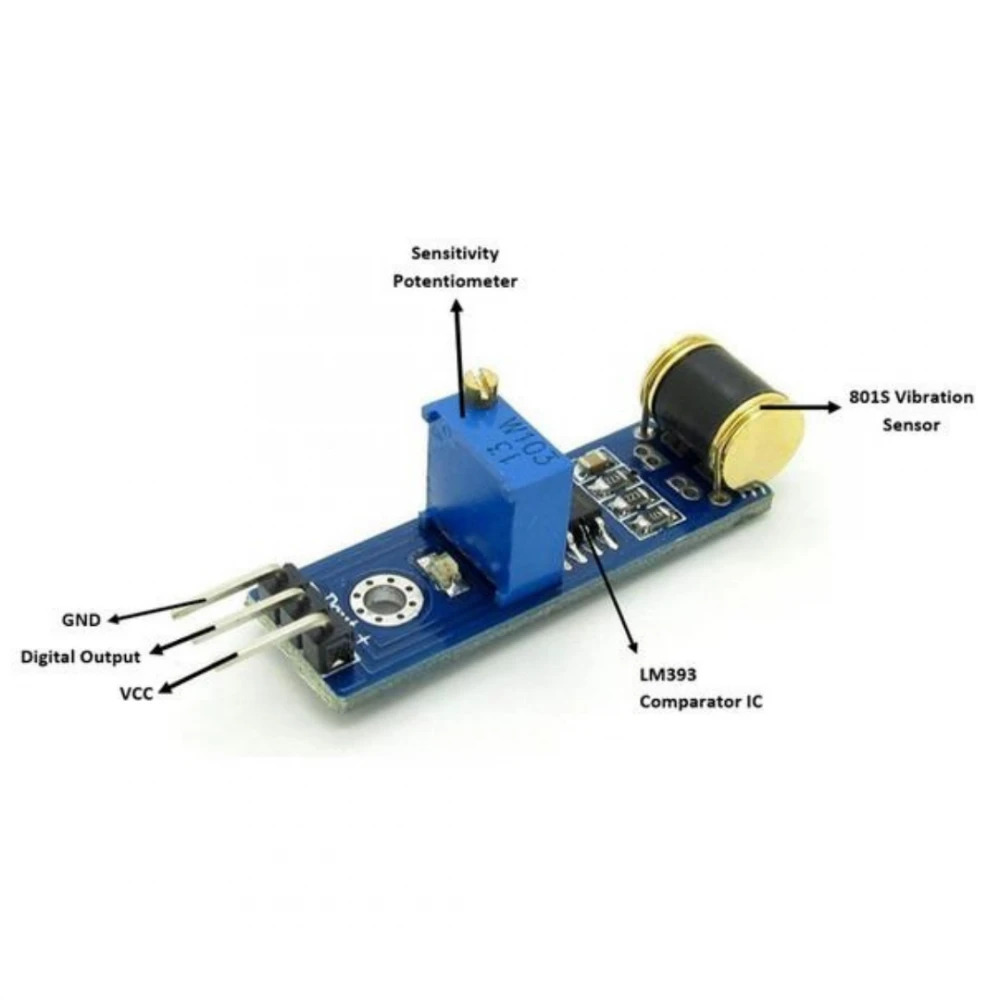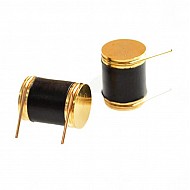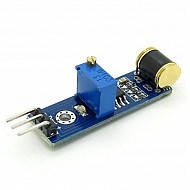
In many different applications, such as industrial machinery and home security systems, vibration sensors are essential. The 801S Vibration Shock Sensor Module is one type of vibration sensor that is frequently used. We'll give you an overview of this module, explain its fundamental features, and show you how to apply it to your projects in this blog post.
What is the 801S Vibration Shock Sensor Module?

A compact and multipurpose part, the 801S Vibration Shock Sensor Module is intended to identify vibration or shock. Alarm systems, electronic locks, and other applications where movement or vibrations need to be monitored frequently use it. The module has a spring-loaded mechanism that, in the event of a sudden vibration or shock, outputs a signal.
How Does It Work?
The 801S module operates in a comparatively straightforward manner. It is made up of a conductive substance encircling a metal spring. The conductive material contacts the sensor's leads when the spring moves in response to a vibration or shock. A voltage shift is caused by this abrupt connection, and it indicates that vibration or shock has been detected.
Wiring the 801S Vibration Shock Sensor Module
Wiring the 801S module is straightforward. It typically has three pins: VCC, GND, and OUT. Here's how to connect it to a microcontroller like an Arduino:
- Connect the VCC pin to your 3.3V or 5V power source.
- Connect the GND pin to the ground (GND) of your microcontroller.
- Connect the OUT pin to a digital input pin on your microcontroller.
Using the 801S Vibration Sensor in Your Project
Once you've connected the 801S module to your microcontroller, you can start monitoring vibrations. Here's a simple example using an Arduino:
1 2 3 4 5 6 7 8 9 10 11 12 13 14 15 16 |
const int sensorPin = 2; // Connect the OUT pin to digital pin 2 void setup() { pinMode(sensorPin, INPUT); Serial.begin(9600); } void loop() { int sensorValue = digitalRead(sensorPin); if (sensorValue == HIGH) { Serial.println("Vibration detected!"); } else { Serial.println("No vibration."); } delay(1000); } |
In this basic example, the Arduino checks the status of the sensor's output pin, and if it reads "HIGH," it indicates that vibration has been detected.
You can expand on this concept to create more advanced projects, such as an anti-theft alarm system, a simple earthquake detector, or a vibration-based data logger.
Final Thoughts
For detecting vibrations and shocks in a variety of applications, the 801S Vibration Shock Sensor Module is an affordable and user-friendly solution. It makes innovative motion sensing and monitoring projects possible. Regardless of your level of experience, this module can be a useful addition to your toolkit.
Enjoy playing around with the 801S Vibration Sensor Module and seeing what other uses it can be put to in your electronic projects.




Leave a Comment